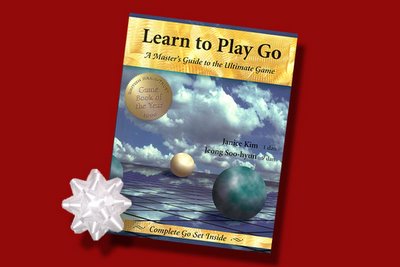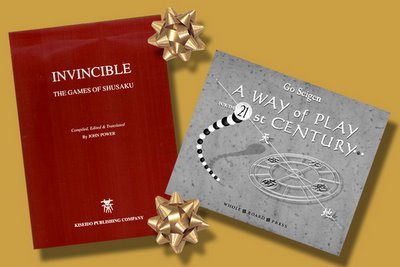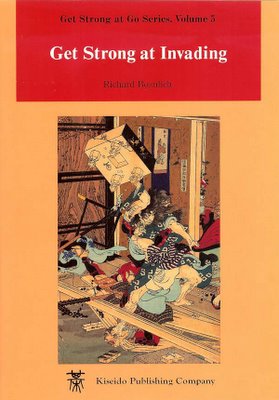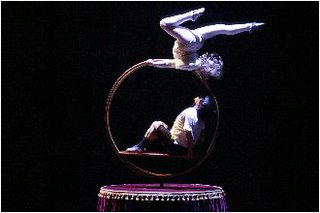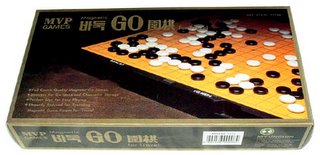The Skype alternative and ... Wal-Mart
Skype for full duplex audio during games

Some of you had asked about this information so I decided to blog about it again with more details.
I had an opportunity one evening to listen-in on one of shygost's (-) lessons. I was very impressed with how he would try to guide the student and with the detailed explanations he gave regarding the value of one move over another. Of course, what facilitated this smooth and rapid flow of information was that shygost was using audio.
There are times and environments where audio lessons or games aren't ideal. Some of us play late into the evening and would have to whisper even when using headsets. Some of us play during our lunchbreaks in the office and need to exercise discretion.
But when it's available, audio really makes a lesson more efficient and creates an even more sociable atmosphere for a game. Even if you can't get a teacher's audio account with KGS, you can use Skype.
I had a couple of sessions with mungo (-, aka creepyjohn on IGS) and one with another player on IGS using Skype. Woodard is also trying to get his Skype account set-up.
There are a number of advantages to Skype:
- It's FREE! (Download size of 7.2MB)
- Their technology and the company are stable. Skype was acquired by eBay earlier this year.
- The audio is crisp and clear with no choppiness (as long as you're not trying to download a huge file at the same time).
- It's compatible with Windows, Mac OS, and Linux.
- You get clear full-duplex communications even with connections as slow as 33.6Kbps. I haven't tested it on a connection that slow but, theoretically, you should be able to talk and play on your Go client without experiencing any delays.
- The free version allows you to do a conference call with up to four participants. You can enjoy a group review of a game.
- If you like Skype enough that you want to chuck your regular phone service, you can add-on their paid services and buy Skype-certified VOIP phones.
In Other News
ChiyoMama sent me to buy some cleaning spray ...
... on November 25th ...
... at Wal-Mart ...
... at 9:30am.
I must have done something to offend her.
Seriously though, it was one of the more bothersome mornings I have had this year. Parking was horrible. The lines to the cash registers were long. Some folks seemed a tad rude for you just being in their way.
For those who are unfamiliar with customs and traditions in the United States, here's an explanation from the ChiyoDadPedia:
November 24th and 25th are the dates for important rituals in America.
The first day is marked by self-inflicted engorgement upon a sacrificial bird, most often of the species meleagris gallopavo. The second day is celebrated by irrational retail consumption of supposedly scarce goods and/or services which have been made to appear more valuable through the extensive use of prices ending with the number 9 and of undisclosed fine print. The perception of scarcity leads quite understandibly to fierce competition for these goods and services; often resulting in violent manifestations to claim ownership thereof.Wal-Mart customers demonstrate the ancient martial skill of Shop-Fu
as they deck the halls ... and each other.
While the ritual of the first day may be seen in isolation as a gluttonous act of self-indulgence, its practice is presumably to prepare for the combative confrontations that are certain to take place on the second day. In early tribal societies, warriors would often feast before going into battle.
The rituals of these two days herald the beginning of the season for "Peace on Earth" and "Goodwill towards all men".



